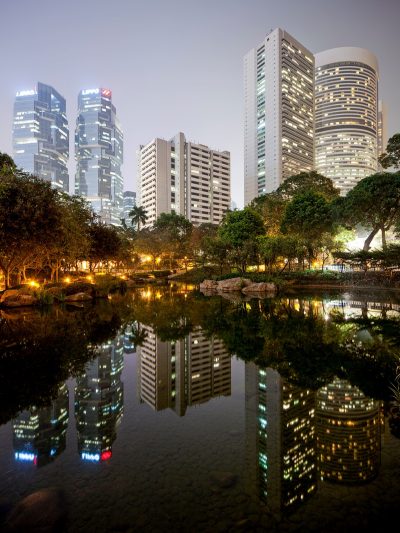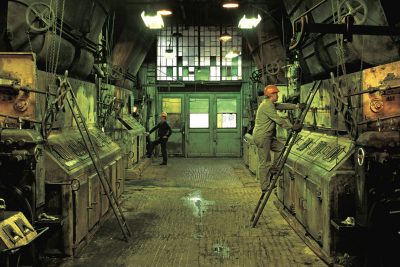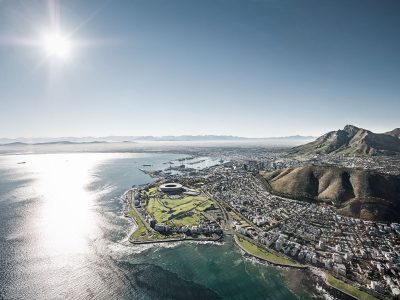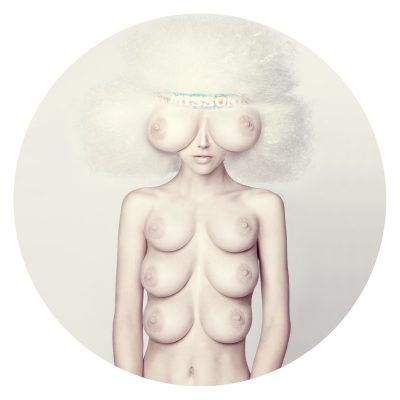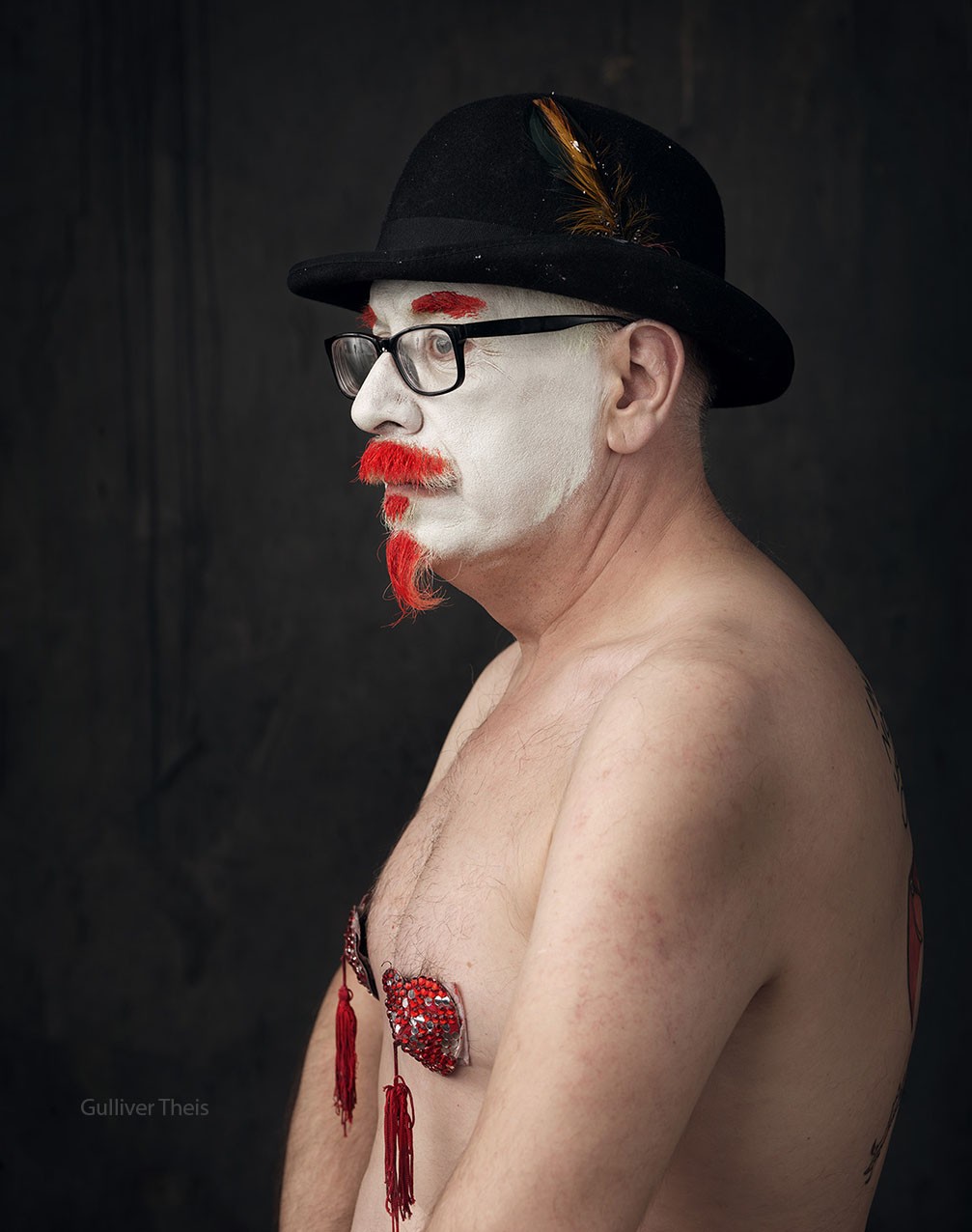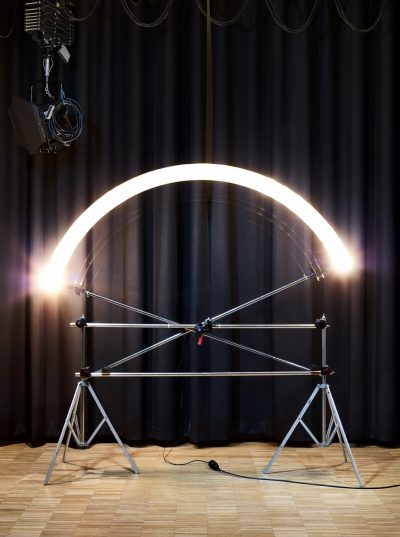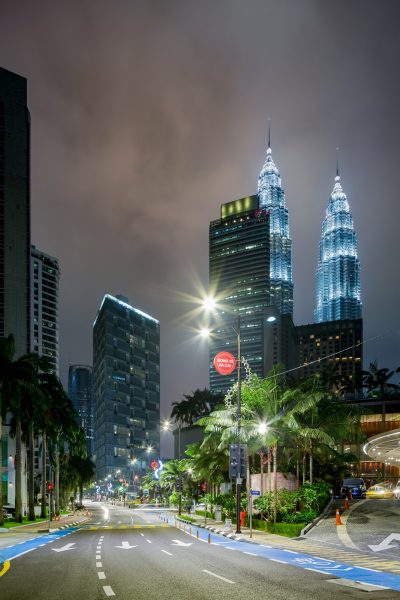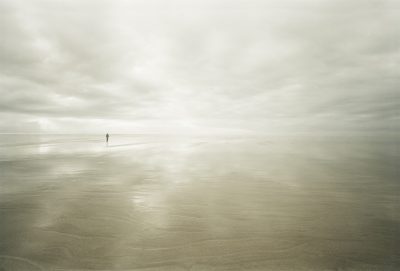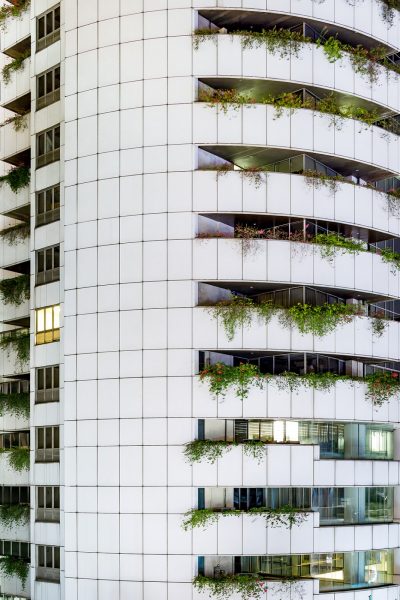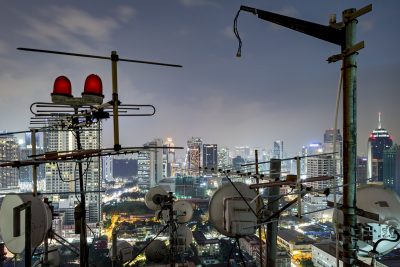Luzia Simons »
Getting Lost Outside
13 JUN – 4 JUL 2015
Sat 13 Jun 16:00 – 18:00
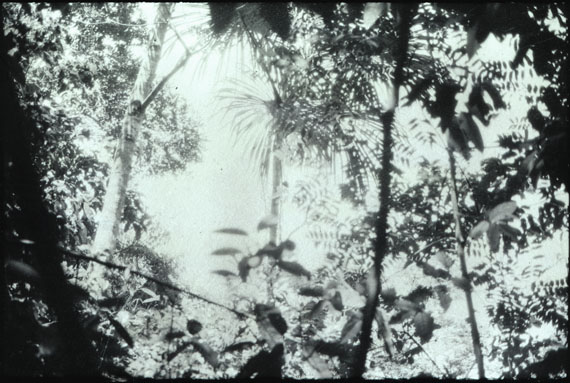
Transfer printing, pigment on Dibond
58,5 x 86 cm / Edition of 5 + 1 AP
Fabian & Claude Walter Galerie
Rämistrasse 18
8001 Zürich
+41 44-4404018
[email protected]
www.fabian-claude-walter.com
Wed-Fri 12-18:30, Sat 12-16
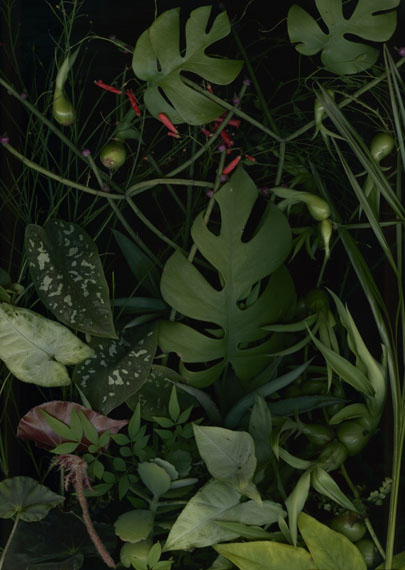
Pigment print on archival paper
127 x 90 cm / Edition of 6 + 2 AP
Luzia Simons
“Getting Lost Outside”
Exhibition: 13 June – 4 July 2015
Opening: 13 June, 4-6pm
The photographer Luzia Simons, who was born in Brazil in 1953, lives and works in Berlin. She has spent the last few years investigating floral iconography and adopting an artistic stance on the subject. On tulips for example, whose history can be regarded as a symbol of cultural transmission – a mechanism referred to by the modernists in Brazil as “Anthropophagy” (Oswald de Andrade). After all, as well as transferring goods and technologies, today’s increasingly global market economy also transfers cultures and the meanings assigned to them. The fact that tulips represent life and love in the Persian, Turkish and Iraqi cultures may seem old-fashioned in Europe, but is all the more significant when soldiers killed in the Iran/Iraq war are symbolised there by fields full of red tulips. Luzia Simons’ artistic reading of the transit discourse broaches the issue of shifting locations and meanings with regard to social and individual identity.
The common theme that runs through the exhibition of the three series of works “Stockage”, “Jardim”and “Humboldt ist niemals da gewesen” is the concept of “Cultural transfer”, from three different perspectives: The large-format scanograms in the “Stockage” series examine how the tulip is transferred to different cultures (Kazakhstan, Persia, Turkey, Holland). In the “Jardim” series, plants that were initially found growing in the wild mark the start of an evolution in cultivation that culminates in today’s European houseplants. Their origins are then generally forgotten and their survival ensured by watering, removing dust and spraying. The artist’s own “personal herbarium”. The artist went travelling in person in order to collect the photographic and video material on the Amazon for the “Humboldt ist niemals da gewesen” series. Not only did she document her journey through areas of previously untouched nature; she also recorded the enthusiasm of the local scientists working on the utopia of a complete catalogue of plant species.
Art, as the freest form of communication of all, goes in search of confrontation. This aspect plays a key role in the Amazon work, which looks at the freedom of being able to travel and conduct research, at primeval nature and civilisation, particularly with regard to Alexander von Humboldt, who was only allowed to visit the western Amazon, i.e. the part that is outside Brazil. He came up against resistance in Brazil with his ideas of freedom from the French revolution, and was not allowed to enter the country.
Claudia Emmert (Director of the Zeppelin Museum in Friedrichshafen) writes, “…that the Brazilian artist looks at the Amazon with European eyes. On the one hand, she has allowed herself to become carried away by the strength and beauty of nature, whilst on the other hand, she has tried to analyse and categorise what she sees with artistic tools. Just like Humboldt once did, she has travelled aimlessly through the jungle with a camera dangling from her hand, recording fully accidental pictures. These recordings are shown synchronously in a nine-part split-screen video. The result is a visual metaphor of the searching motion, with constant changes in perspective and direction. It is all about preserving and destroying, uprooting and rootlessness, about native and foreign lands – themes that are just as deeply entwined in her own life. And – as in all Luzia Simons’ work – it is also about the ‘reflected’ view of what is visible, in both senses of the word”.
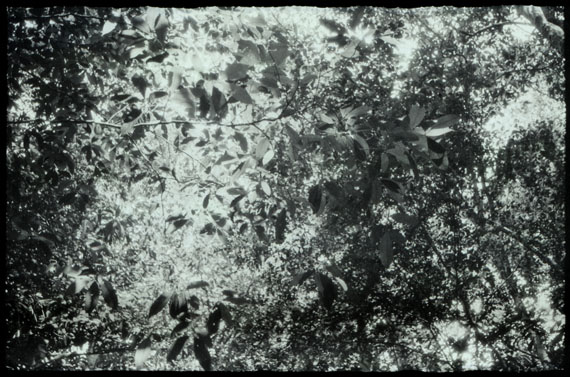
Transfer printing, pigment on Dibond
58,5 x 86 cm / Edition of 5 + 1 AP
Luzia Simons
“Getting Lost Outside”
Ausstellung: 13. Juni bis 4. Juli 2015
Eröffnung: 13. Juni, 16-18 Uhr
Die Fotografin Luzia Simons, 1953 in Brasilien geboren, lebt und arbeitet in Berlin. In den letzten Jahren hat sie sich mit floraler Ikonographie auseinandergesetzt und künstlerisch dazu Position bezogen. Tulpen zum Beispiel, deren Geschichte zum Symbol für kulturelle Übertragung gesehen werden kann – ein Mechanismus, der von den Modernisten in Brasilien als “Anthropophagie” (Oswald de Andrade) bezeichnet wird. Die global gewordene Marktwirtschaft transferiert ja nicht nur Waren und Technologien, sondern zugleich auch Kulturen und deren Bedeutungszuweisungen. Dass die Tulpe in der persischen, türkischen und irakischen Kultur Leben und Liebe bedeutet, mag in Europa unzeitgemäß erscheinen, wird aber umso bemerkenswerter, wenn die im Iran/Irak-Krieg gefallenen Soldaten dort durch Felder von roten Tulpen symbolisiert werden. Luzia Simons’ künstlerische Lektüre des Transit-Diskurses thematisiert den Orts- und Bedeutungswechsel von gesellschaftlicher und individueller Identität.
Was die Ausstellung der Werkreihen “Stockage”, “Jardim” und “Humboldt ist niemals da gewesen”verbindet, ist das übergreifende Thema des “Kulturtransfers”, aus drei unterschiedlichen Perspektiven: Bei den großformatigen Scannogrammen der Serie “Stockage” ist es die Überführung der Tulpe in verschiedene Kulturen (Kasachstan, Persien, Türkei, Holland). Bei denen des “Jardim” befindet sich das ursprünglich wild Wachsende am Beginn einer Evolution von Kultivierung, die mit der europäischen Zimmerpflanze endet. Ihr Ursprung ist dann meist schon vergessen und ihr Überleben wird durch Gießen, Entstauben und Besprühen gesichert. Ein “persönliches Herbarium” der Künstlerin. Für die Foto- und Videoarbeiten zum Amazonas der Serie “Humboldt ist niemels da gewesen” war die Künstlerin selbst unterwegs und belegt nun nicht nur ihre Passage durch Teile einer noch immer unberührten Natur, sondern auch die Begeisterung der Wissenschaftler vor Ort, die sich an der Utopie eines vollständigen Kataloges der Pflanzenarten abarbeiten.
Kunst als die freieste aller Kommunikationsformen strebt nach Auseinandersetzung. In den Amazonas-Arbeiten, die sich mit der Freiheit des Unterwegsseins und Forschens befassen, mit Urwüchsigkeit und Zivilisation, spielt dieser Aspekt eine wichtige Rolle, gerade auch mit Bezug auf Alexander von Humboldt, der nur den westlichen Amazonas, der ausserhalb Brasliens liegt, bereisen konnte, mit seinen Freiheitsideen der Französischen Revolution in Brasilien aber auf Widerstand stieß und deswegen dort nicht einreisen durfte.
Claudia Emmert (Direktorin Zeppelin Museum, Friedrichshafen) schreibt: ” …dass die brasilianische Künstlerin den Amazonas mit europäischen Augen betrachtet. Sie hat sich einerseits mitreißen lassen von der Kraft und der Schönheit der Natur und hat andererseits versucht, mit künstlerischen Mitteln zu analysieren und zu sortieren. Wie einst Humboldt bewegte sie sich ziel- und richtungslos mit der Kamera in der herabhängenden Hand durch den Urwald und zeichnete die auf diese Weise zufällig entstandenen Bilder auf. In einem neunteiligen Split-Screen-Video werden diese Aufnahmen synchron gezeigt. Eine visuelle Metapher für die Bewegung des Suchens ist entstanden, mit ständigen Perspektiv- und Richtungsänderungen. Es geht um Bewahren und Zerstören, um Verwurzelung und Wurzellosigkeit, um Heimat und Fremde – um eine Geschichte, die sich auch um die eigene Biografie spinnt. Und es geht – wie in allen Arbeiten von Luzia Simons – um den im doppelten Sinne ‘reflektierten’ Blick auf das Sichtbare.”
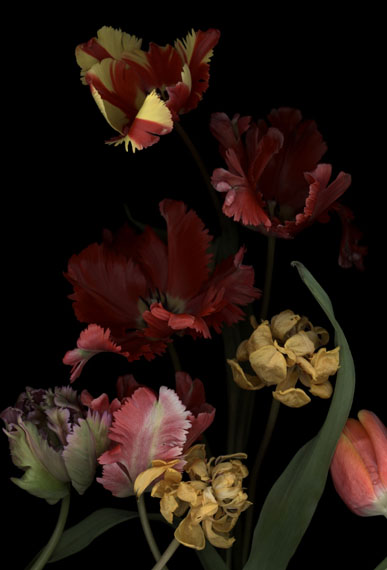
Pigment print on archival paper
193 x 121 cm / Edition of 6 + 2 AP


